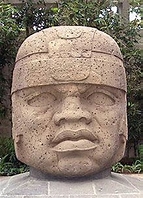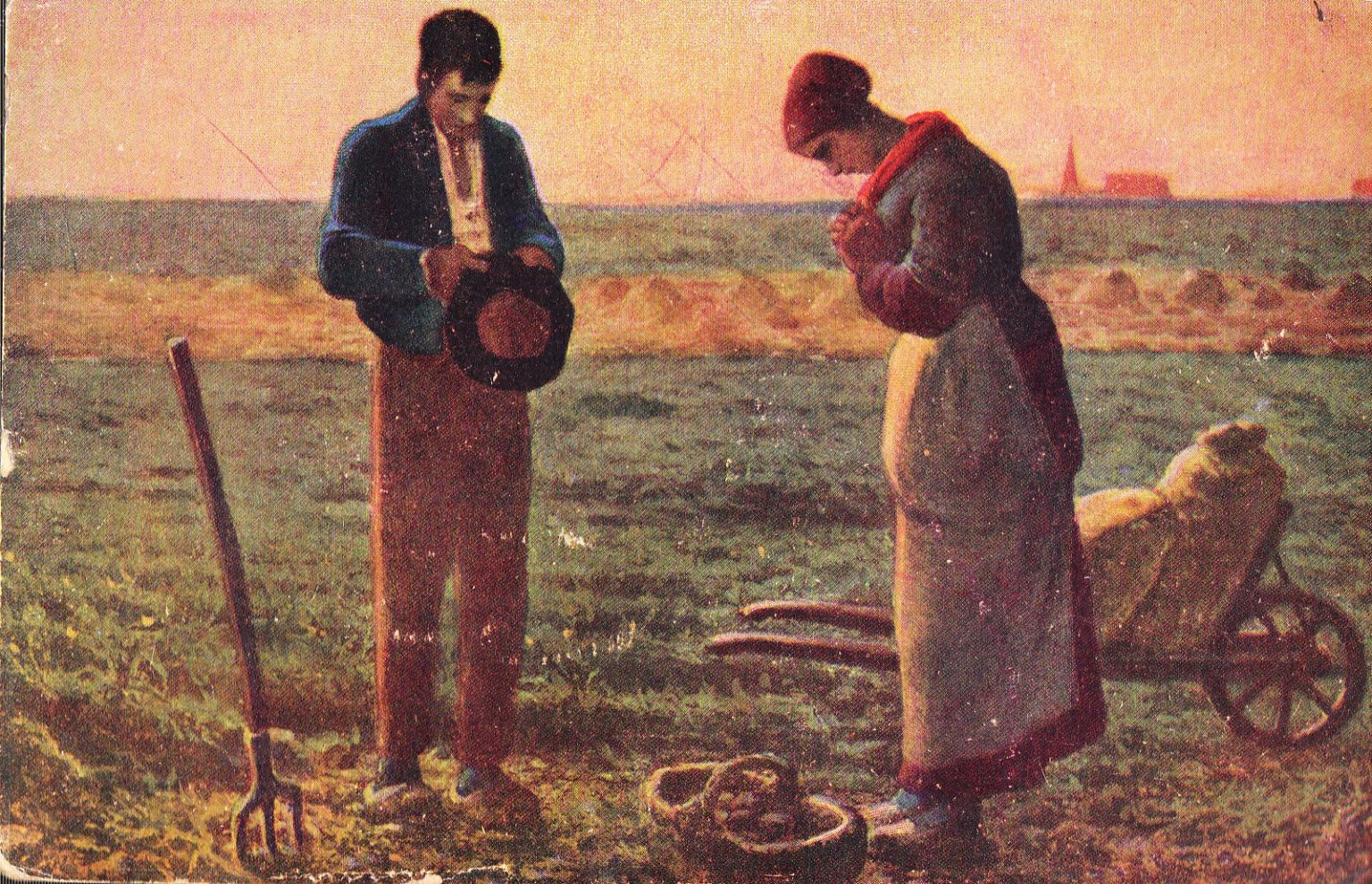The purpose in beginning this inquiry with a look at Tolkien’s Lord of the Rings set is to understand that the mere existence of oral legends, fables and myths is evidence that Man began asking questions about himself long, long before he could write any of it down. Bill Cosby..yes that Bill Cosby…won a Grammy in the 1960s with a comedy album, “Why is There Air?” Trust me, I doubt if anyone of my generation actually ever asked that question.
But historian-scholars such as Tolkien (he only moonlighted as a story-teller) knew that Man had been asking those sorts of questions about their own history from their very beginning. Even in relatively recent history, the early 20th Century, dozens of historians and ethnologists rushed out to the American West to try to collect the tales of the various Indian tribes (yes, I still use that name) as they began to disappear, melting into the larger European cultures which had overtaken their territories. The French Jesuits reported the histories of the Algonquin and other tribes of the north (Canada), while Spanish Dominicans and Franciscans chronicled the peoples of the American southwest…the term “Mexican” literally meaning a mixed-breed Spanish and Indian person, with no particular mention of their tribal affiliations. Since the original tribal map layout of Mexico was unknown to the first conquistadors and their accompanying priests…it would be many years before Spanish in Latin America, French in Canada, and largely Protestants in that part of North America which made up the United States after 1607 would even take an interest in the subject.
So everything we know today is from a long look over our shoulder, for no one who ever met the native inhabitants gave a hoot-in-hell about what they they, or believed about anything.
Consequently it took 200-400 years plus for their observations to be translated and collated, or for scholars to notice the similarities. 20th Century explorers knew of the Incas and their Empire (of Peru) because of the Spanish conquest there by a fellow named Juan Pizzaro, who only got into the conquistador business because of the booty, mostly gold, just as Cortes, De Soto and De Leon would do in Mexico and Florida. By even Taliban standards, they and their small armies were not nice men. But they had several advantages, especially the horse, which the peoples of the Americas had never seen. In fact, it was the Spanish horses that had gotten loose, running wild and breeding, between the mid-1500s and early 1700s, when the southwestern tribes with begin picking them up and breeding them for their own purposes. (Plowing wasn’t one of them.)
It was an American named Hiram Bingham who found Macchu Picchu high in the Andes.

And while it has become the most visited tourist attraction in Peru even scholars debate why it was built. And even how, for you see, it is an architectural miracle, matching the building of the Pyramids in Egypt, since so one has been able to figure out how this city on a steep cliff peering deep into the Amazonian rain forest below, could have been built by a people who did not know the wheel which would have been required to move those giant blocks from quarries over 25 miles away! In fact, the Incan empire was covered with wide paved roads of first quality construction, only to what purpose?
Priests wrote down most of these peoples’ oral histories (they had no writing) and would dutifully send their notes back to Spain and Portugal, where they would languish until 19th Century scholars would begin digging through the stacks. It would be the early 20th Century that privileged children of wealth such as Bingham, who taught South American history at Yale, and learned archaeology on-the-job, would following local legends to the Andean highlands to make his find.
This raises a bigger question about the ancient world and the unwritten events that led up to the ancient world, which we know more about through archaeology than thru legend. Archaeology, visual, is preferred to oral legends to establish the “How?” and “Why?” of ancient history
For instance, the ancient peoples of Mexico, who the Egyptians and Sumerian scholars, would considered to be new arrivals, the Incas on Peru having had their empire only since the 1400s. But the earliest Mexican people, the Olmec, date back to second millennium BC, and had stone statuary that was very un-Asian, and remarkably African.

To make sense of these things, one has to consider their oral histories. For instance, the Inca of the 1400’s AD, claimed their “founding god” to be named Viracocha, who was mentioned by some Spanish as having a beard, indication non-Asian origin. This is notable for two reasons, first, that there is evidence of what is called cyclopean architecture that has been attributed to pre-Incans, and who left by boat, westward, after a war. Thor Heyerdahl, the Norwegian ethnographer, believed them to have been tall Norsemen, red-headed, and attributed the massive statues with stone red-topknots found on Easter Island, one of the world’s most remote islands in the middle of the Pacific to have marked their passing. Heyerdahl believed the Norsemen followed the currents to eventually settle islands in the Malay Archipelago. Of course, this could never be proved, but Heyerdahl built a raft in Peru (the Kon-Tiki) and sailed 8000 miles before beaching on the Tuamotu Islands, at least proving the trip could be made.
People don’t do that sort of thing anymore.
But another reason to consider Viracocha is that he was considered to be a “good” god, one of peace and love (a rarity in almost all the ancient cosmogonies of the universe) but one remarkable similar to Queztlzcoatl, the “Plumed Serpent” of the Aztecs and other civilizations of Mexico. In the 1930s-40s these “founding gods” were equated with Jesus and Christianity, although no one knows how many centuries it would take for a “good god” to move toward sanctioning human sacrifice and some of the things the pre-Columbian peoples did to one another in the name of religion.
Another thousand words, I think you can see where we’re headed with this overview. We’ll finish up in Part III.





